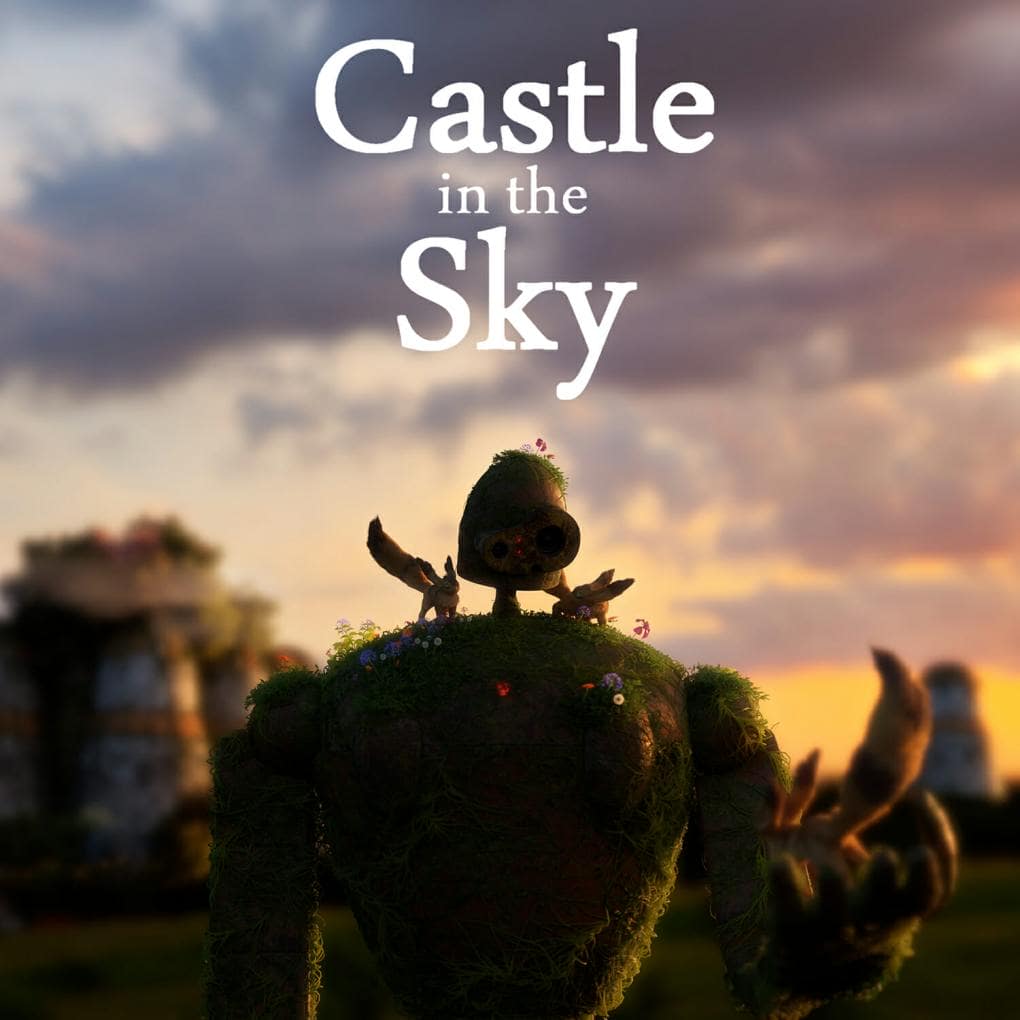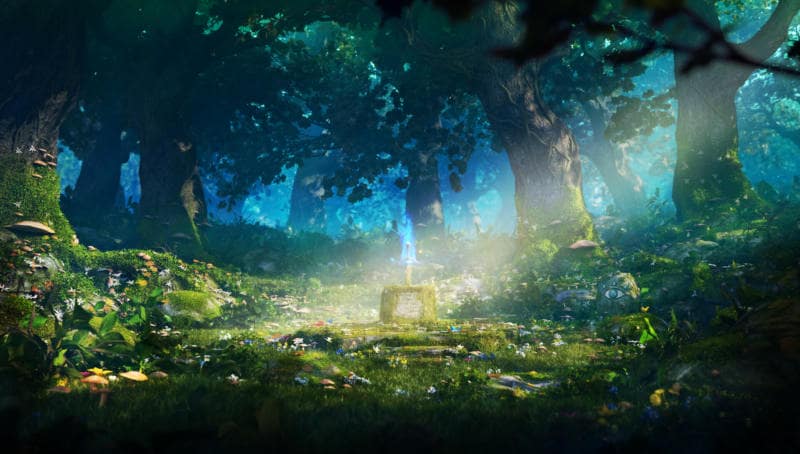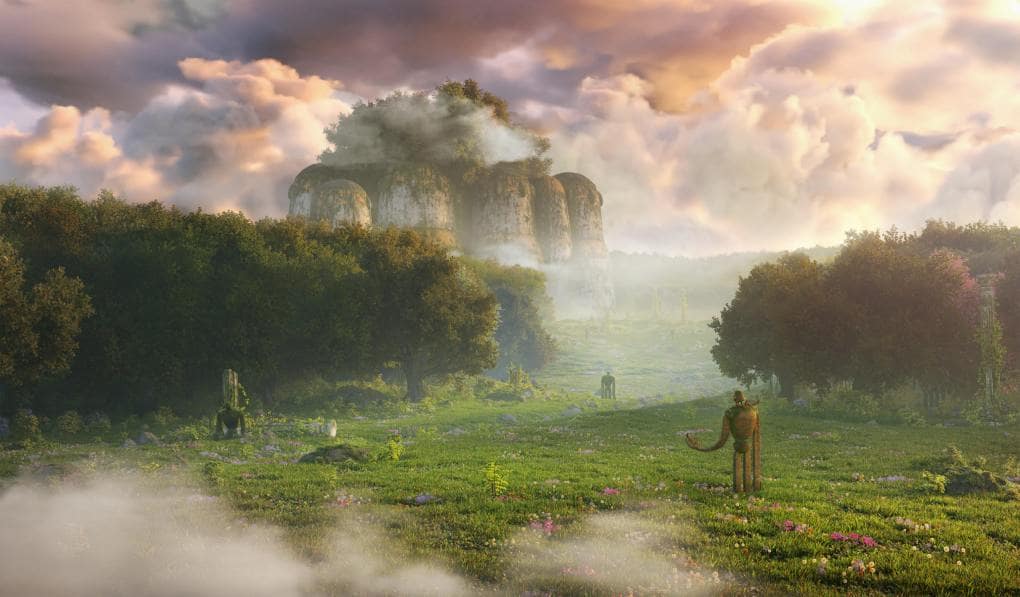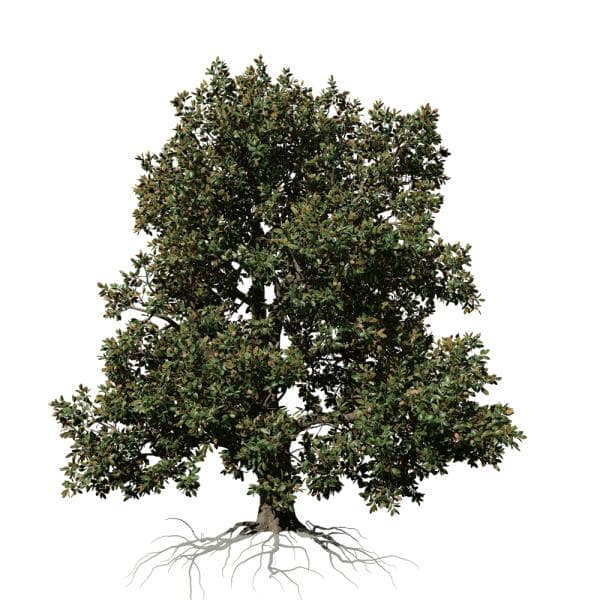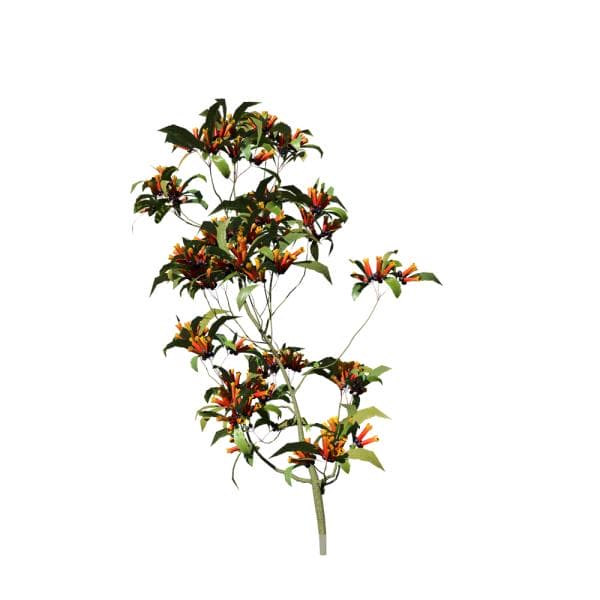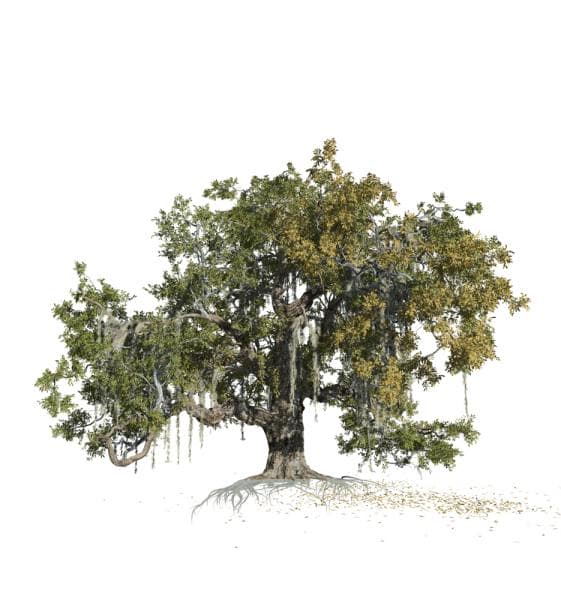Standing at the junction between technology and nature, the mossy beings in Vitor Maccari’s, “Castle in the Sky,” fanart dot the cloudy landscape. We reached out to learn more about the artist behind the expansive, dreamlike environment.
I am 35 years old, I have a bachelor’s degree in Visual Arts, & I am a 3D generalist, video editor, and motion graphics animator. I have worked in an advertising agency, digital studio, and I am now working as a freelancer.
I like Studio Ghibli films, mainly those made by Hayao Miyazaki, because they are an experience of contemplation and reflection; they deal with very deep subjects & themes. In Laputa: Castle in the Sky, I really like the robot; despite not having expressions, it is very charismatic. Even being artificial, it feels like a part of the nature around it.
I was also inspired by the Overwatch animated short, “The Last Bastion”; I love the introduction of the character. I even did a project sketch–however I prefer to do those directly in 3D because my drawing is not very good.
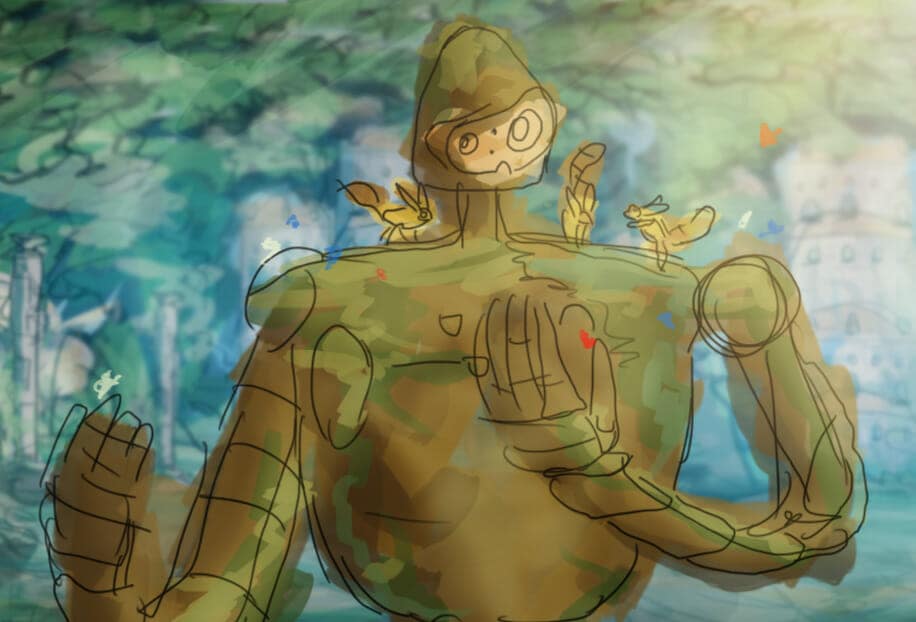
When I decided to do this project, I had in mind how the composition would be but I changed the angle of the camera in relation to the first idea, did a test with an HDRI based on my first sketch, and I liked it.
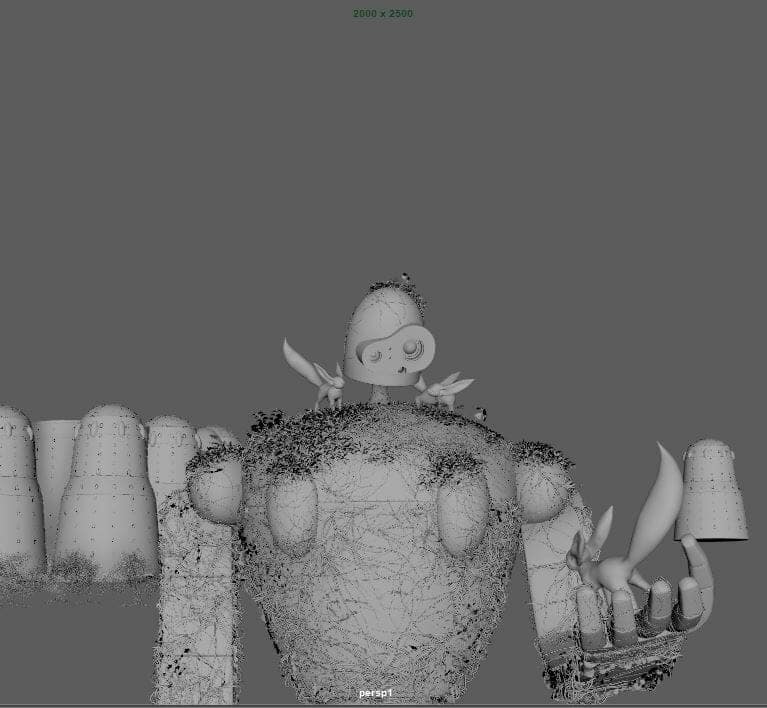
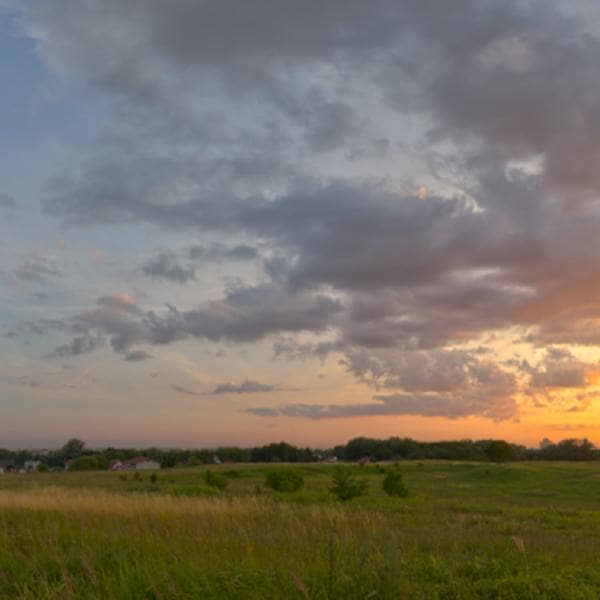
In my last personal project called “The Legendary Sword”, I learned about many things: vegetation modeling, scatter, proxies, a bit of SpeedTree, and texturing in Substance Painter.
I always thought that tree modeling took a long time and was difficult to change but, In SpeedTree, everything is easier with a non-destructive workflow; it is fast and intuitive. In the future I intend to improve my ability to create other models like grass, bushes, flowers, and so forth.
In “Castle in the Sky,” I wanted to try doing everything in 3D. I have always been curious to learn a little about Houdini, so I took the opportunity to learn how to make clouds, procedural modeling, and simulation.
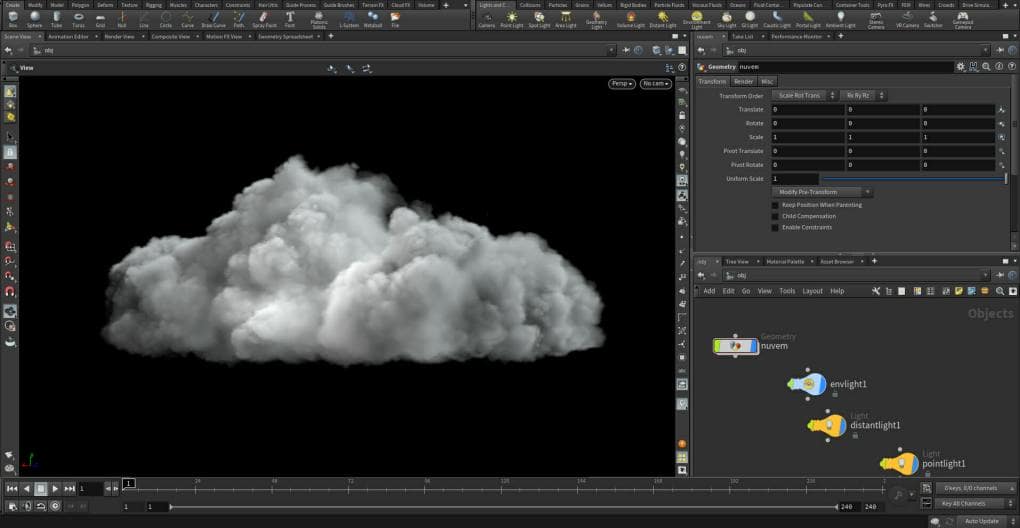
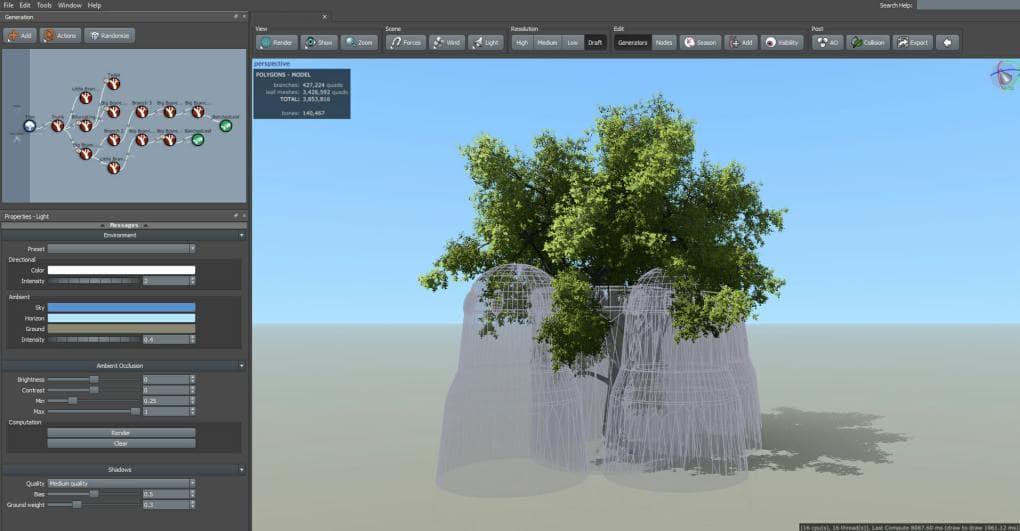
I watch many tutorials: I do this even before I start work. I like to know what techniques are being used and test different ways to get the same result. Some things I do not remember how to do and others I look to improve upon. Houdini is very difficult & tutorials have helped me a lot: with each project I try to go a little further.
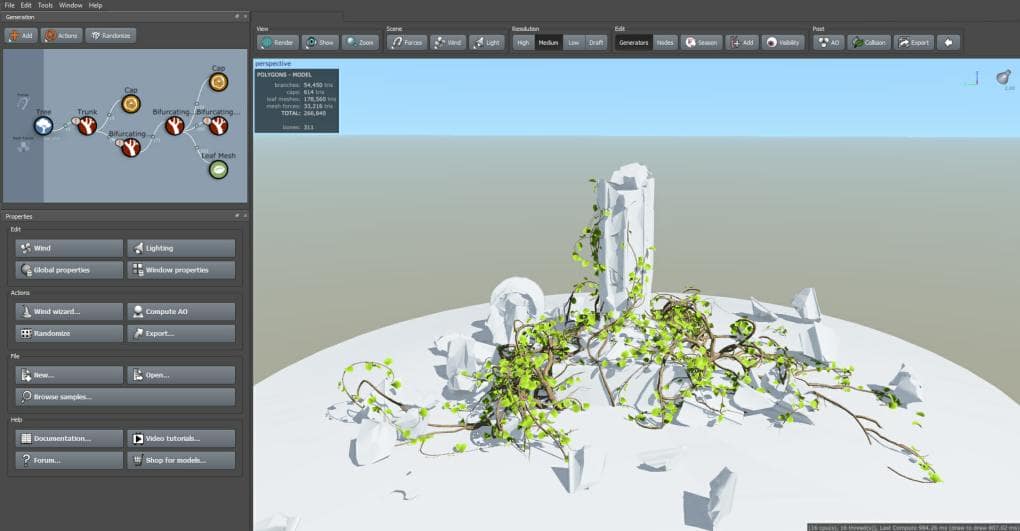
To create the broken pillars, Vitor did the following:
- Modeled the base in Maya
- Simulated the pillars breaking in Houdini
- Took the resulting mesh to SpeedTree to add the plants
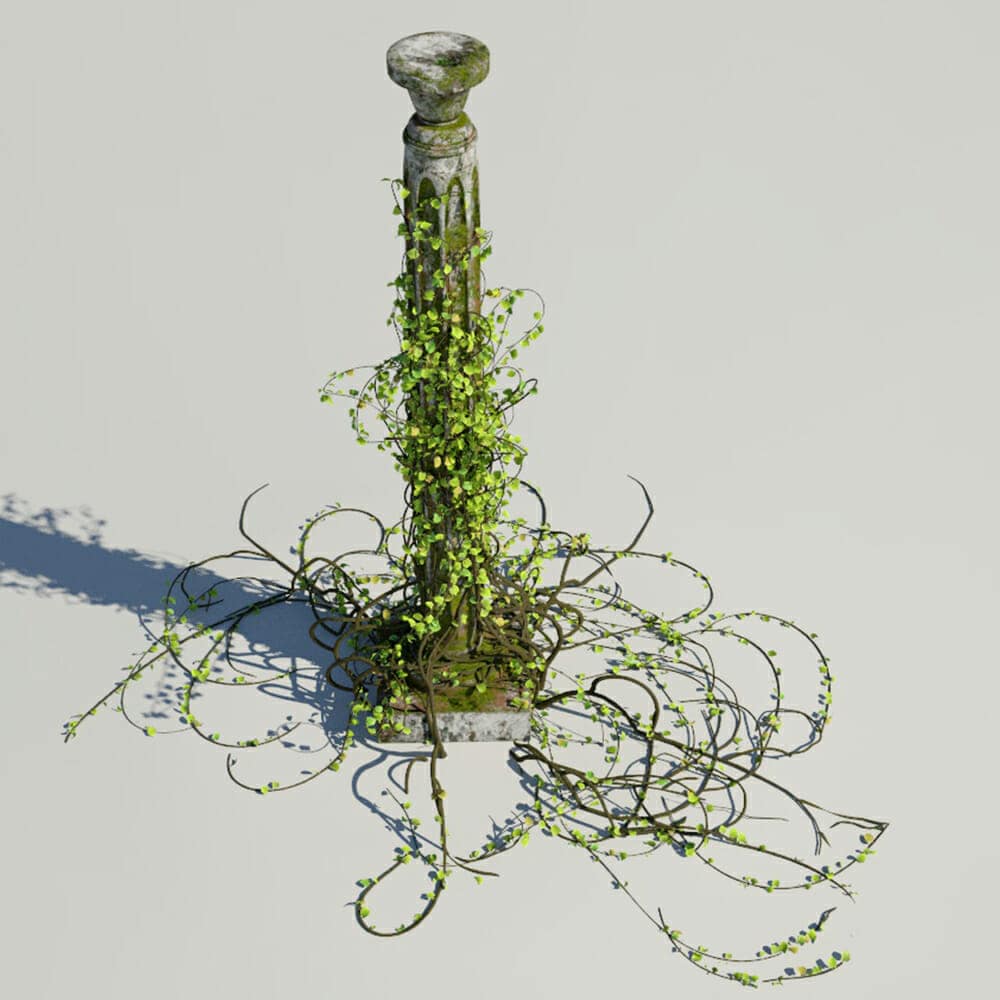
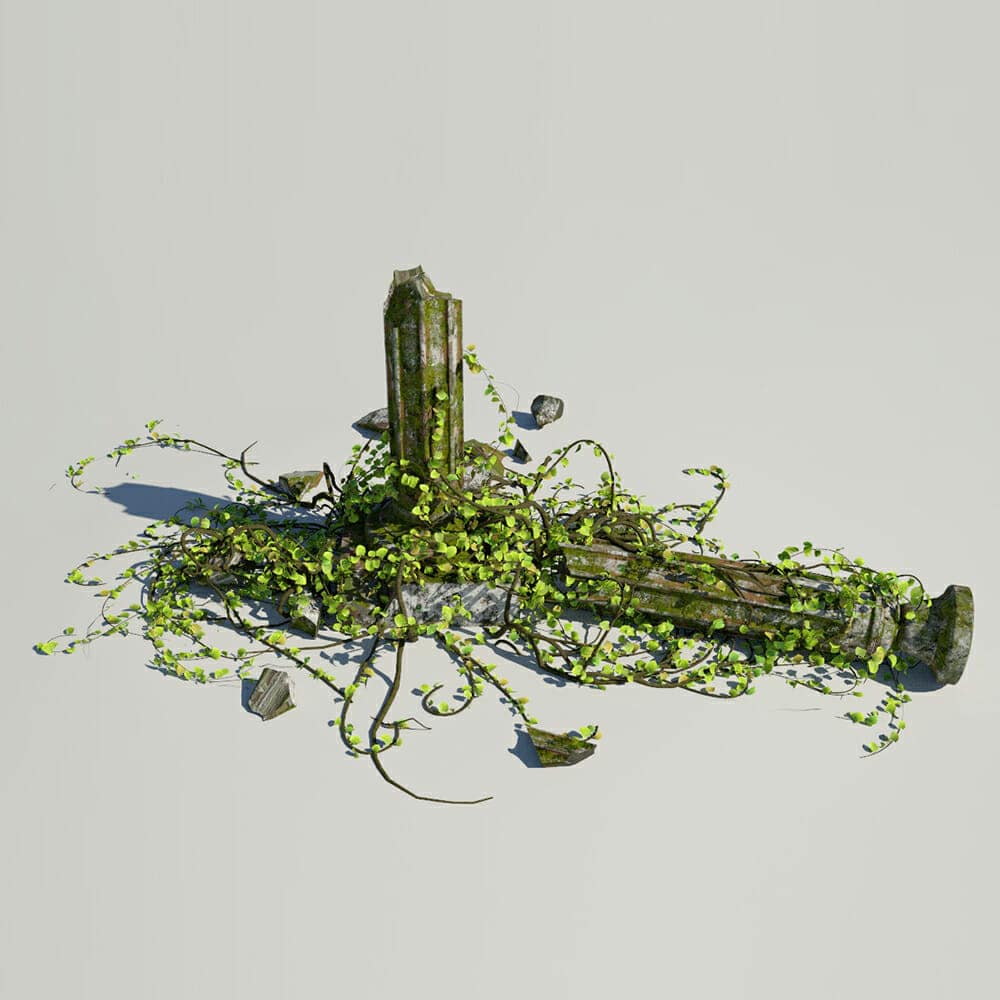
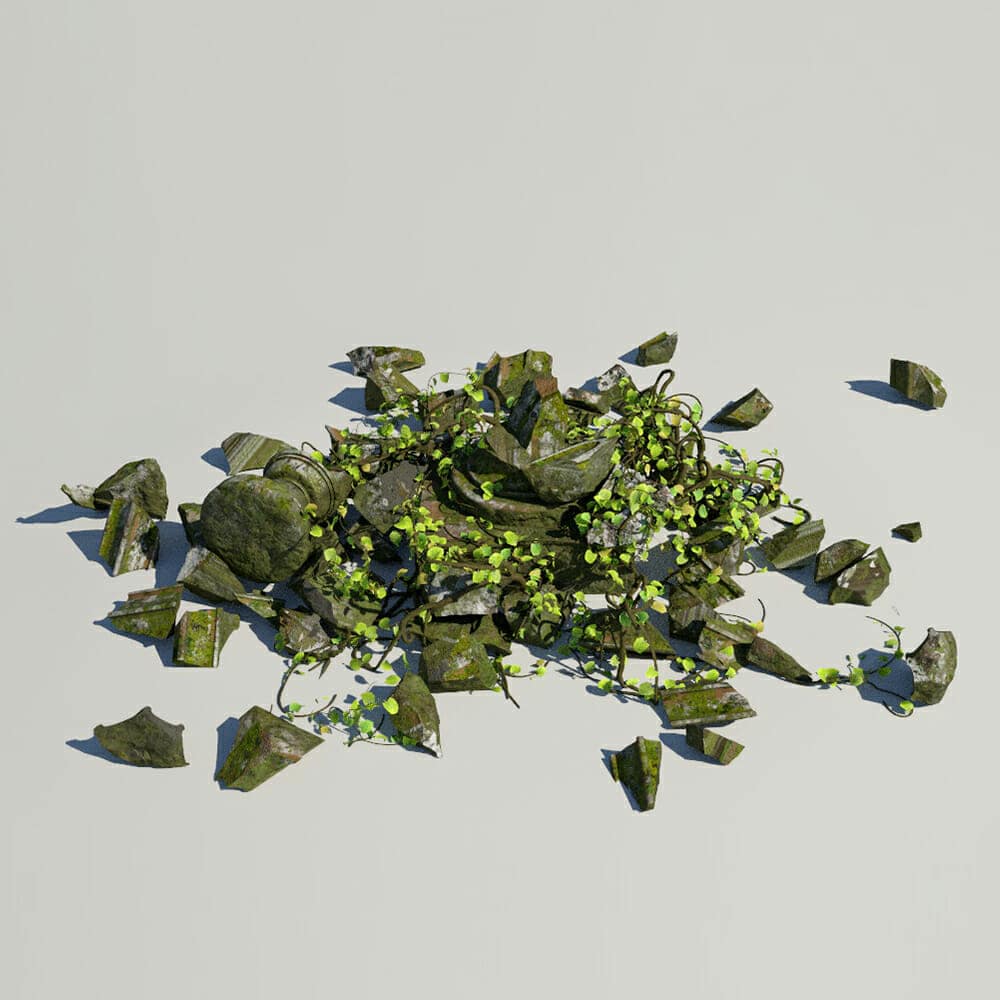
The biggest challenge was making the final render with all the elements. Most of the elements I had already optimized with proxies, but I had never tried to put a proxy inside of another: it worked.
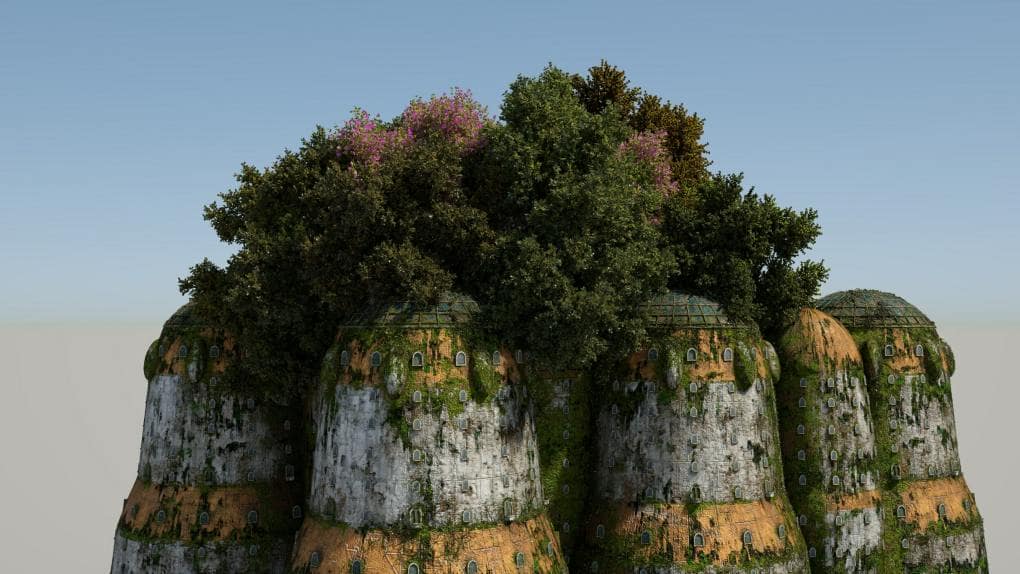
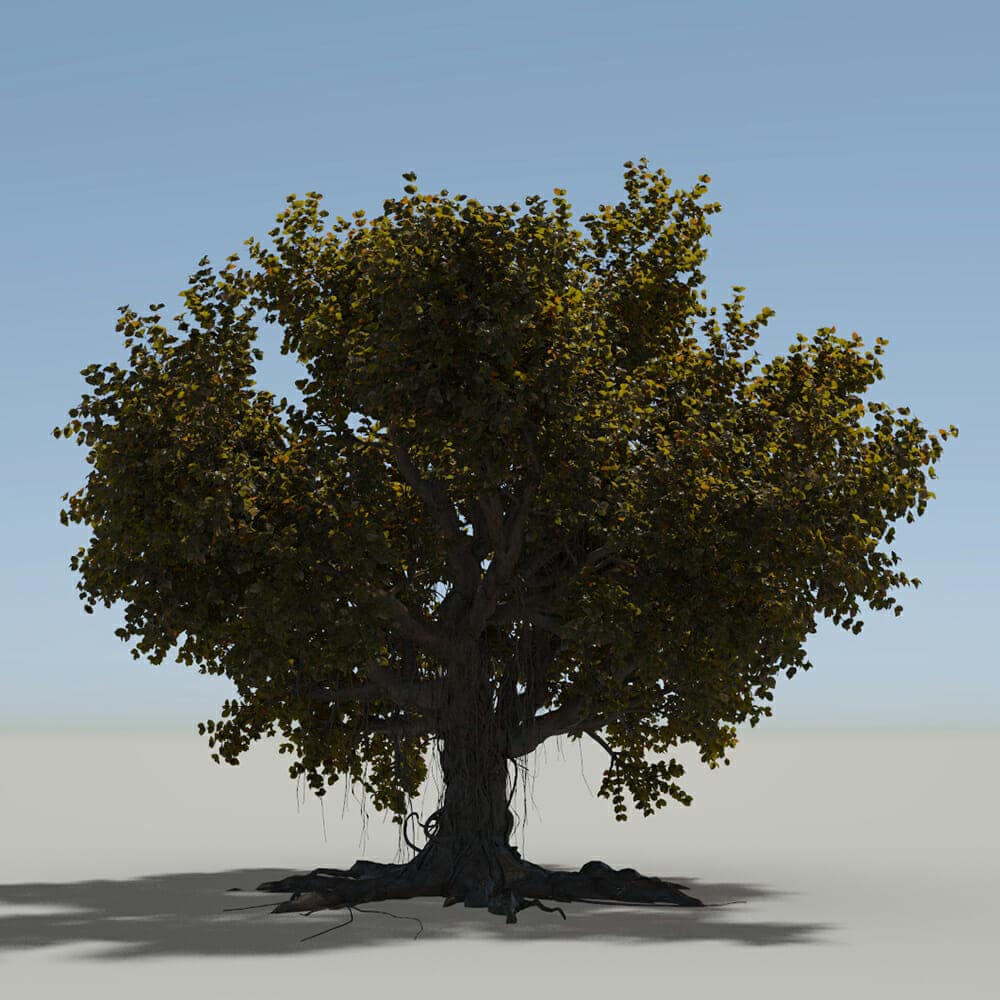
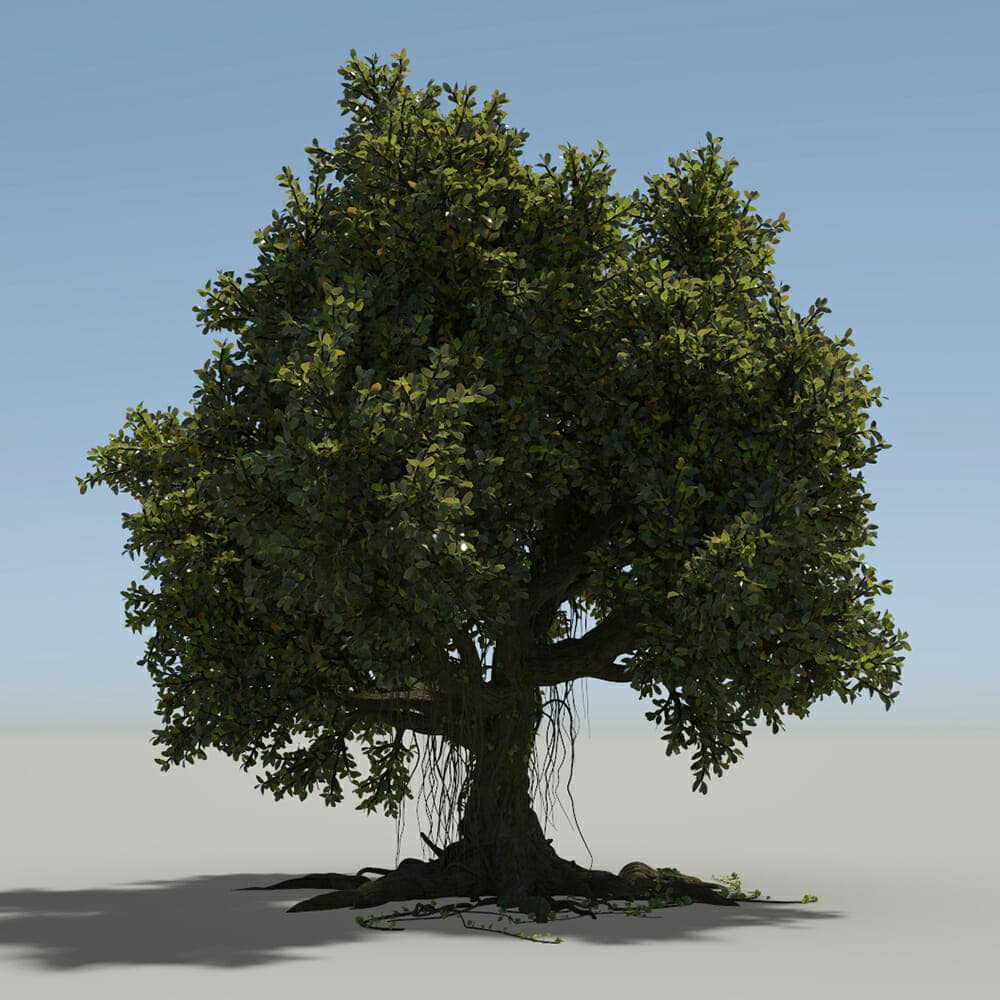
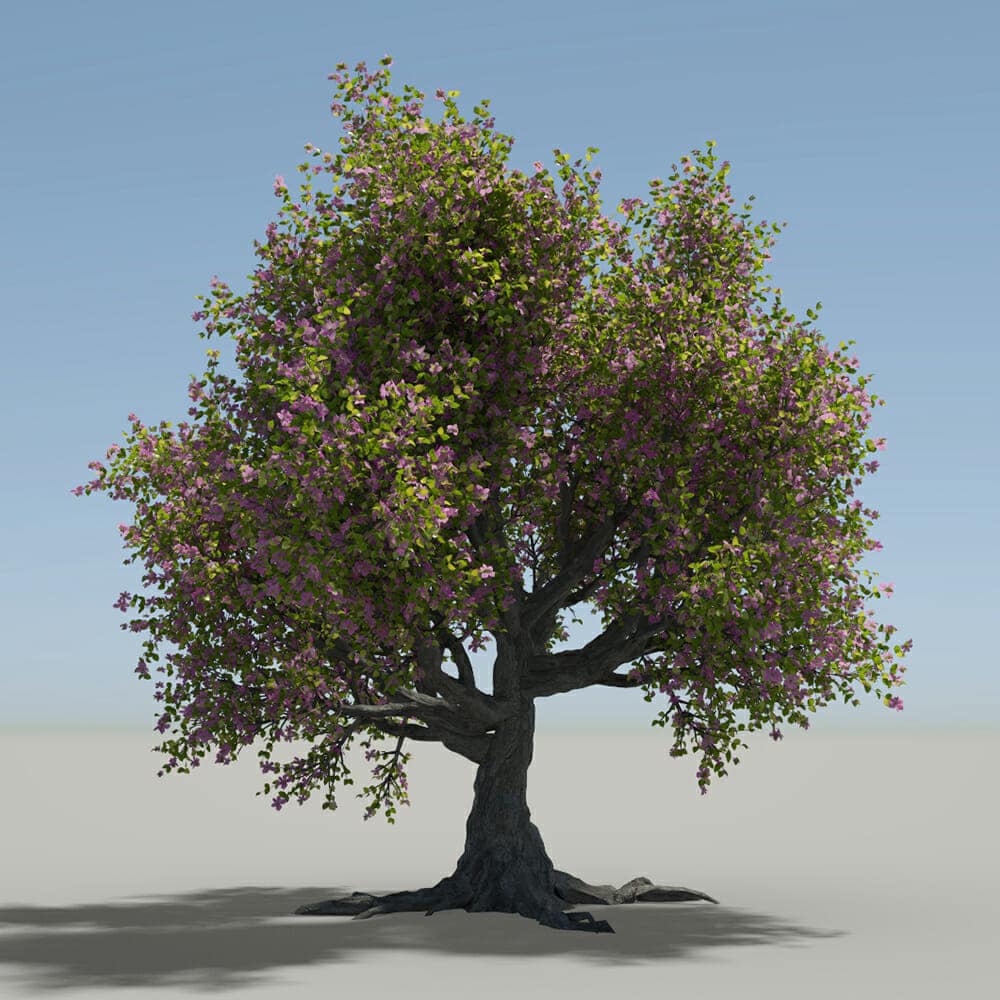
I am happy that I finished it, but every time I look at the image I am never completely satisfied; I always find something is not good, that needs to be improved. Sometimes I become obsessed with adding details, which sometimes go unnoticed.
Thanks again to Vitor Maccari for taking the time to talk about his work. You can follow Vitor and see more of his work on ArtStation.
Itching to create a tribute to a film you love?
Here are 3 SpeedTrees inspired by “Castle in the Sky,” to get you started!
Southern Magnolia
(Cinema)
This flowering broadleaf has a dense crown and thick leaves, providing a shady forest floor like that found in Vitor’s landscape
Coastal Live Oak
(Cinema)
The large boughs and hanging moss of these coastal broadleaf trees are reminiscent of the those that dominate the landscape in “Castle in the Sky”

